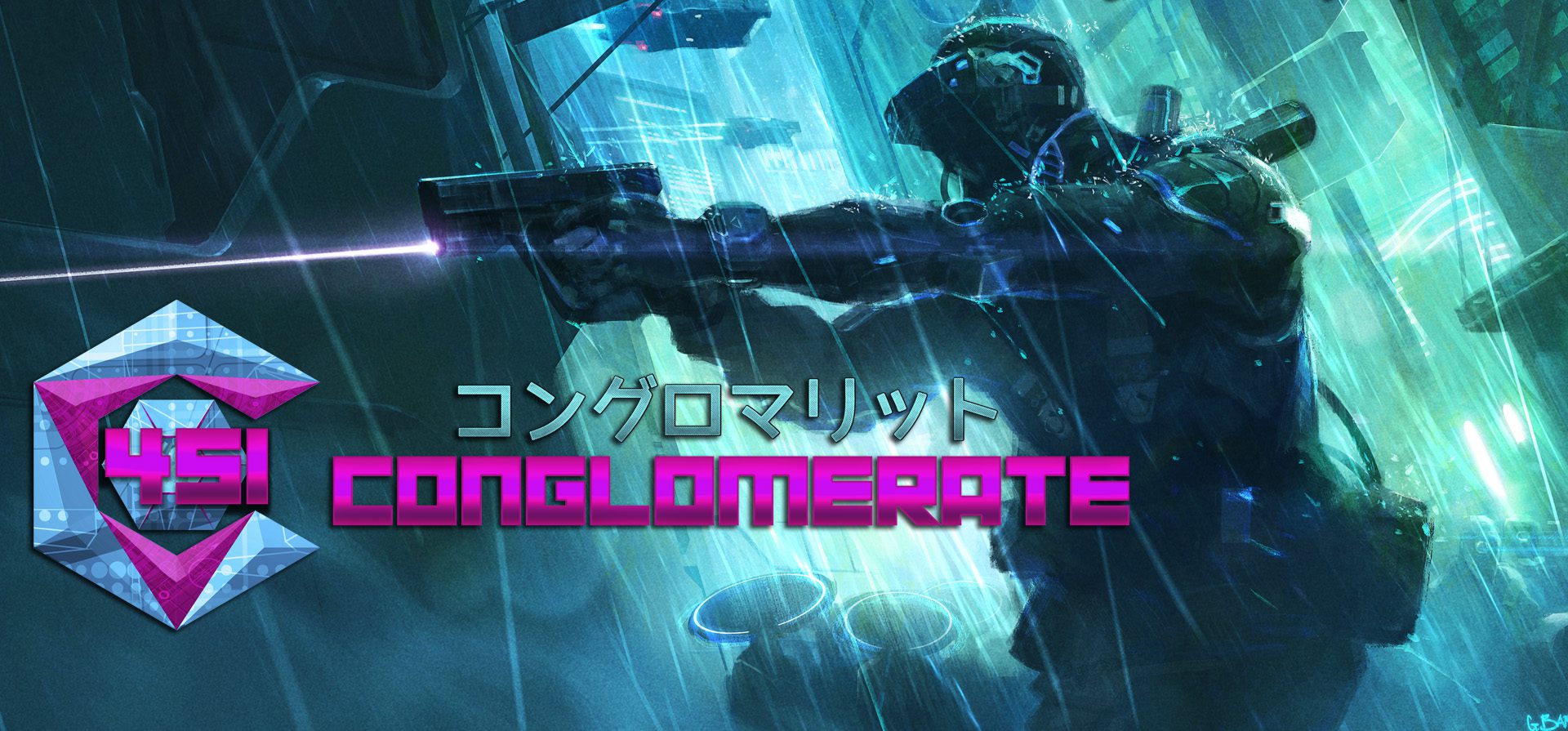Some cyberpunk while waiting for Cyberpunk
Type: Single-player
Genre: RPG
Developer: RuneHeads
Publisher: 1C Entertainment
Release Date: 23 May, 2019
Overview
Conglomerate 451 is a grid-based RPG that has already been between the pages of SaveOrQuit. While Genkipro’s review already discussed the game in all its aspects, Conglomerate received continuous support and some huge updates over these months. Here will thereby be discussed all the new features, but also weaknesses, of the updated game. Genkipro’s main gripes with the game were a general lack of depth, unrewarding battles and, unluckily, lots of bugs. Between the two reviews, five milestones updates where released: were they enough to fix all the game’s problems?
Combat
Combat is the main focus of the game: you guide a team of special agents after all! This aspect of the game got changed in multiple updates, the most noticeable one introduced a lot of new enemies and a boss battle. While this isn’t a game-changer, it adds longevity, since it’s now possible to encounter more than the same 9-10 different enemies that were in the old version of the game. While there are different kinds of enemies, like androids, turrets, clown monstruosities and cybernetically-augmented humans, fights still tend to be very similar, because there are no major differences between them and often you can tell the difference only because of their look. This is one of the weakest points of the game: differentiation. Especially because if enemies don’t feel diverse, fights don’t feel diverse. If fights don’t feel diverse, maps don’t feel diverse.
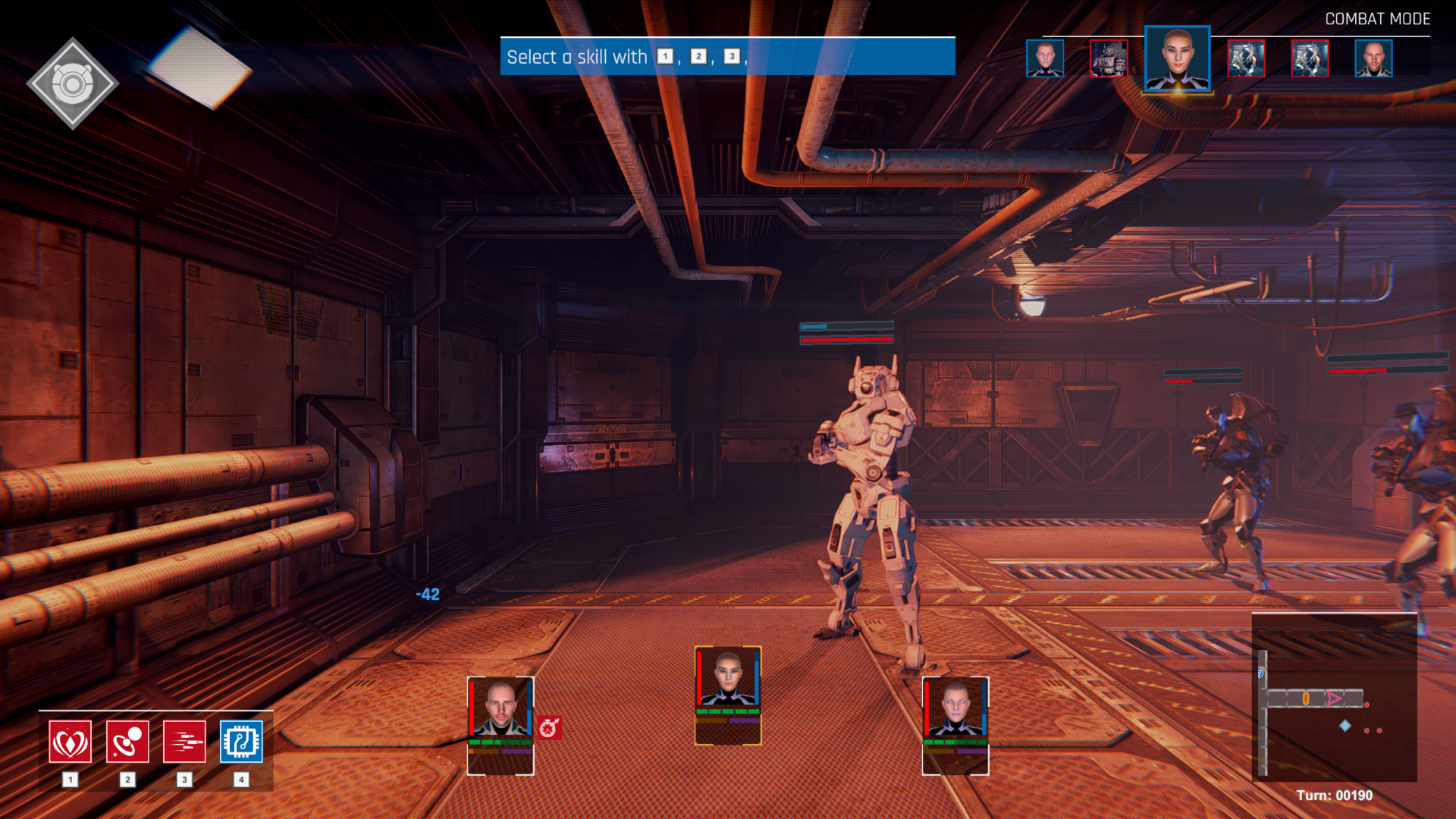
Besides the new enemy additions, combat saw a UI overhaul, but most of the issues that Genkipro encountered months ago are still present today, like the impossibility to use heal abilities outside of combat, which forces the player to artificially lengthen fights only to heal the squad. Issues that will be, hopefully, fixed before the final release, which is due in three months.
Missions
Missions come in several different types and are set in several different environments. In each of them there’s a common section, the first part of the mission, where the player has to navigate the very cyberpunk-looking streets to find an elevator that leads to the objective. As it happened for the combat, maps need to feel more diverse, mainly because the only differences between them are the graphics and the enemies you can find. Each of the two maps, one for each section of the mission, is also procedurally generated. This means that each mission features maps that aren’t completely equal to those you’ve already seen, but very similar, and this doesn’t help with, again, the diversification that the game needs.
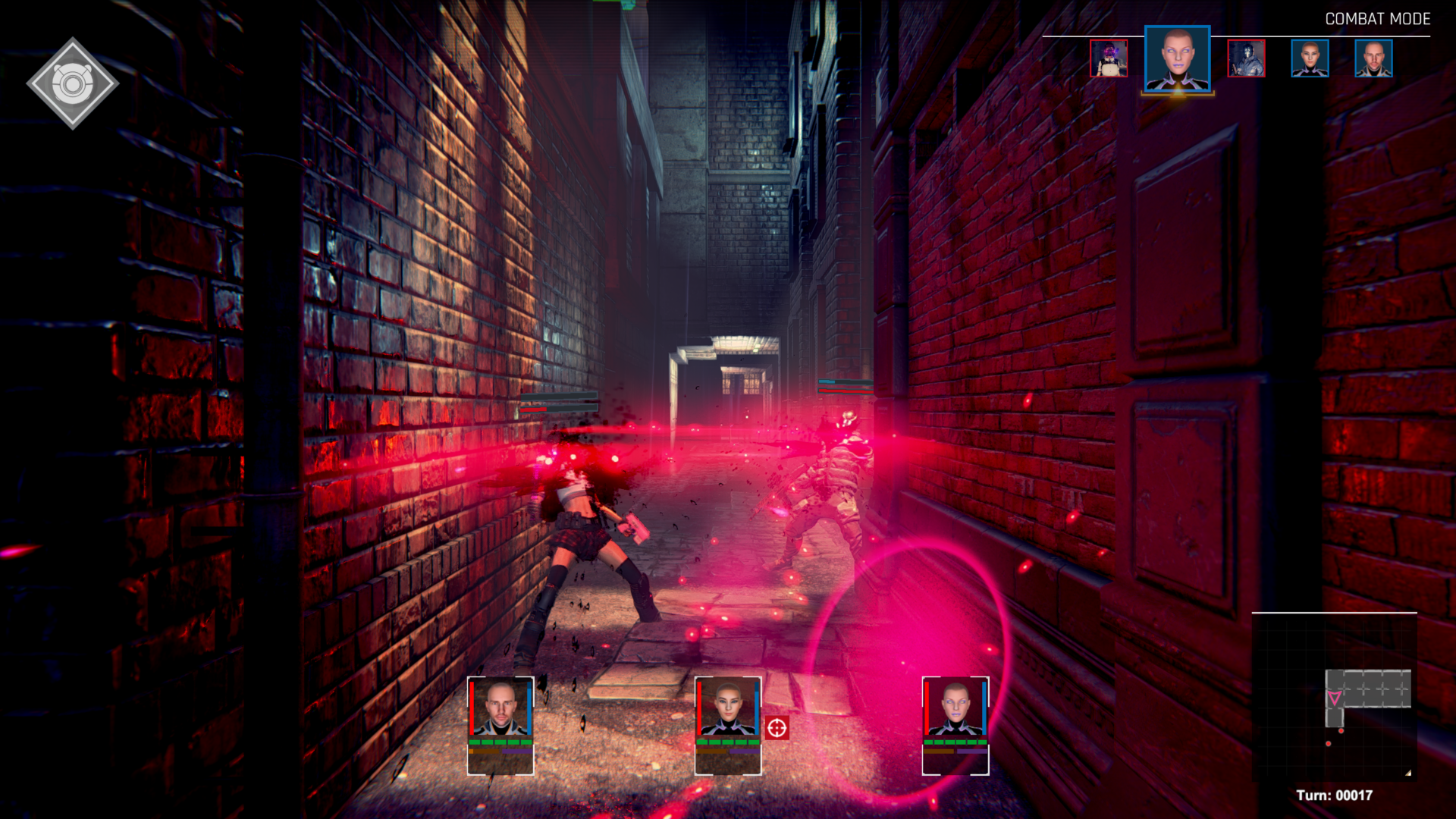
Mission objectives are luckily more well-implemented: they range from “kill every enemy squad in the sector” to “Retrieve this particular object” or “Kill this specific enemy”. While they’re nothing too original, they often change the way a mission is accomplished: for example, by hacking the network and accessing data regarding the map, I can identify all different rooms, which is helpful when it comes to find a specific object.
It’s important to note how much the differentiation of enemies could make missions in the different maps a lot more fresh. This could mean that a specific squad setup could be very effective on a map, let’s say living quarters, where the majority of the enemies are humans, and ineffective in others, whereas the difference is minimal, right now. Bringing a hacker on a map filled with robotic enemies should be very effective, but now the only thing that matters in this regard is the player’s personal taste for class types, and this makes him use the same squad setup over and over.
Management and story
Between the missions, it’s possible to manage both the agents and your corporation but, while these aspects have seen some additions, watching purely the management side nothing of weight has really been introduced. Thus, the old problems are still there and, you guessed it, variation is one of them. While the research tree is solid and well-constructed, the same cannot be said about the agents’ enhancement system: upgrading weapons, replacing limbs with prosthetic ones or leveling up the agents usually means that they get a small bonus on damage or some resistances/vulnerabilities. Replacing literally pieces of your agents with electronic ones could, and should, give access to new, interesting abilities, not only +10% damage. Replacing your agents’ eyes should make him see through walls or give him the ability to see electronics: interesting stuff, not +10% vision. And the same should be for agents leveling up.
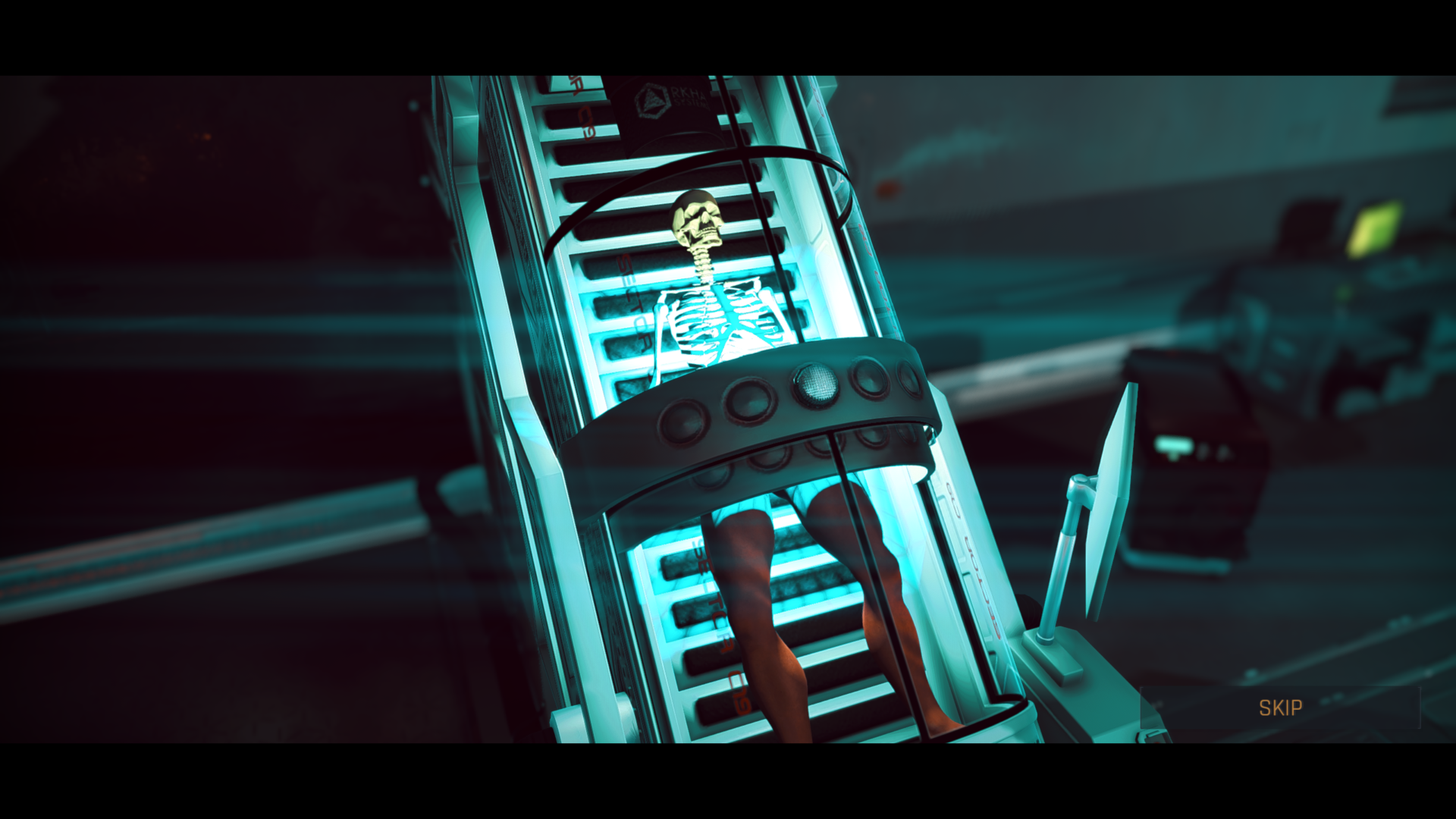
In the last update, a new game flow was implemented along with a story mode. The new flow is basically a tutorial that fires up a the start of the game. It’s well made and it doesn’t take too long, while also being rather comprehensive. The story mode can be played along with the endless mode and basically features dialogues, emails and stuff like that between the various missions. While simple, this gets the work of creating a sort of glue between the mission done.
Powerful cyberpunk visuals
The main point of strength of the game, currently, is its visuals. The game is incredibly good both in the graphical and artistical side: in his review, Genkipro said that this was the most Cyberpunk game he had played in a long time, maybe ever. It’s simply true, maybe we’ll have to wait for Cyberpunk 2077, but right now this is THE game with that cyberpunk vibe.
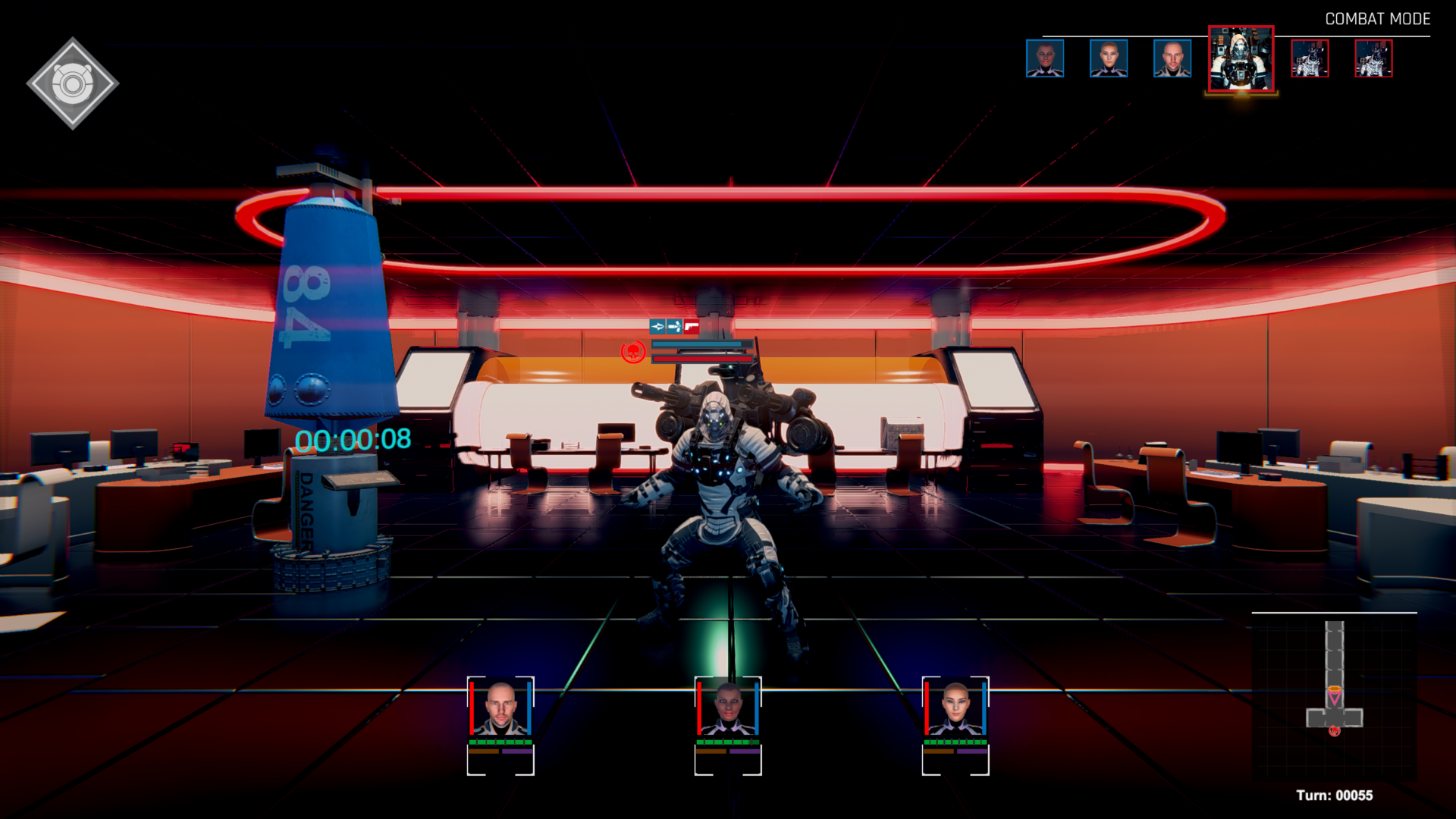
Graphically the game stunned me for its quality, both in textures, models and even animations. Especially animations aren’t usually very curated in this kind of games, but Conglomerate 451 manages to not only get them right for a dungeon crawler, but for an RPG game in general. Explosions and guns firing create beautiful light effects on walls, while environments are always graphically clean and very good looking.
The bugs issue that Genkipro highlighted is completely gone: in several hours of gameplay, in fact, I only experienced one button that wasn’t working, for which I had to go back to the previous menu and then re-enter. Except for that, I found an extremely clean game and haven’t experienced any crash, freeze or strange behavior.
Future developments
The game has still three full months of development ahead: this means that several features will be added to the game, like new armory management, new NPCs, new bosses, side missions and a lot of other stuff. What I really would like the game to have, though, are more interesting enemies and more interesting power-ups: in a cyberpunk world, where technology is literally implanted on bodies, there are a lot of possible interesting effects that could be added to both enemies and agents, and the choice of going for small, stats-only, buffs feels a little bit cheap.
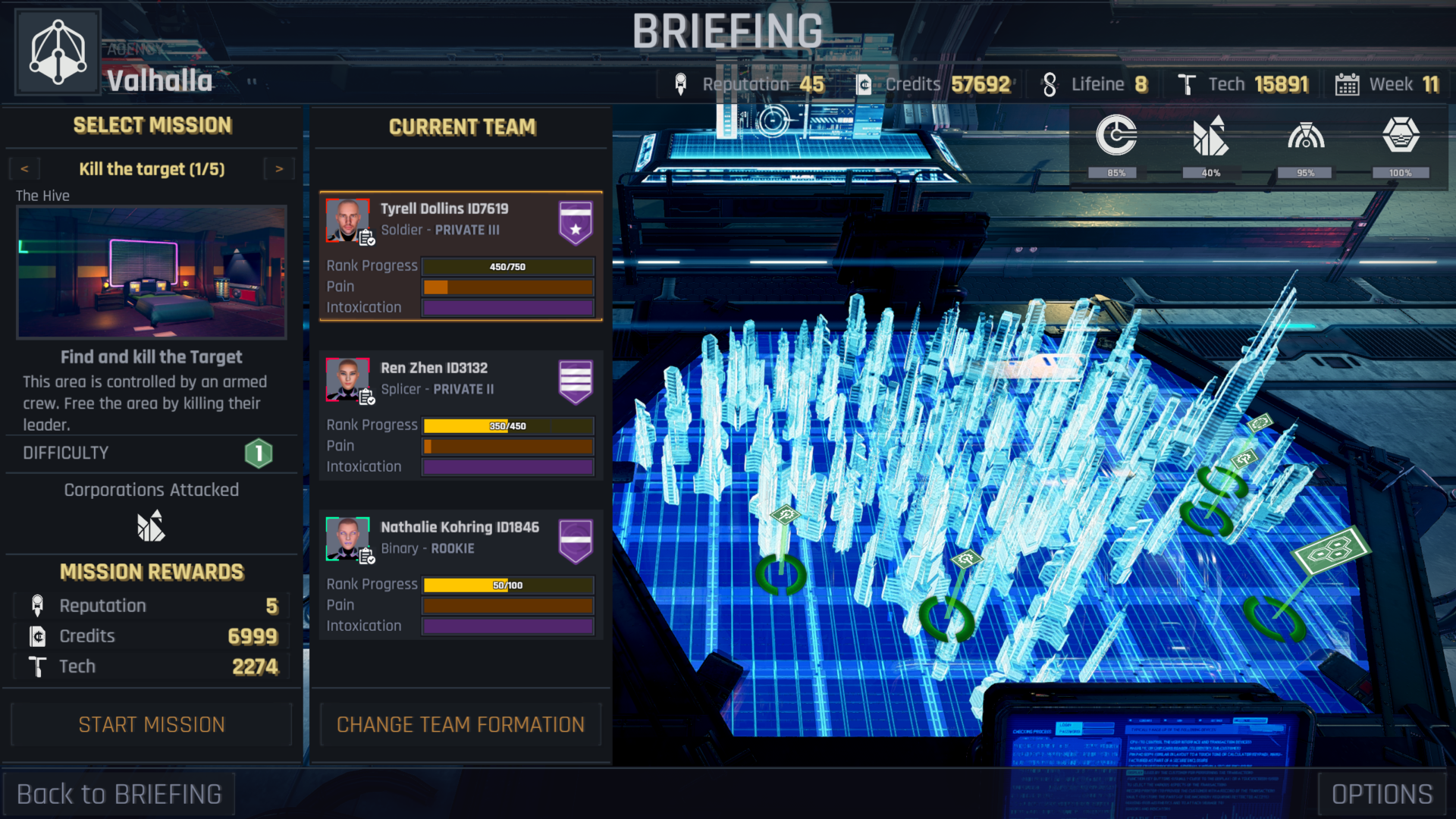
Verdict
Conglomerate 451 desperately needs that last push in the right direction. While for its price the game is worth a shot even in its current state, I would really like to see all its mechanics become more interesting and deep, because there are a lot of working aspects in the game, but also a lot of poorly implemented ones. Still, if you’re a big, cyberpunk-worlds fan, you should definitely pick up Conglomerate and guide your own squad of operatives.

